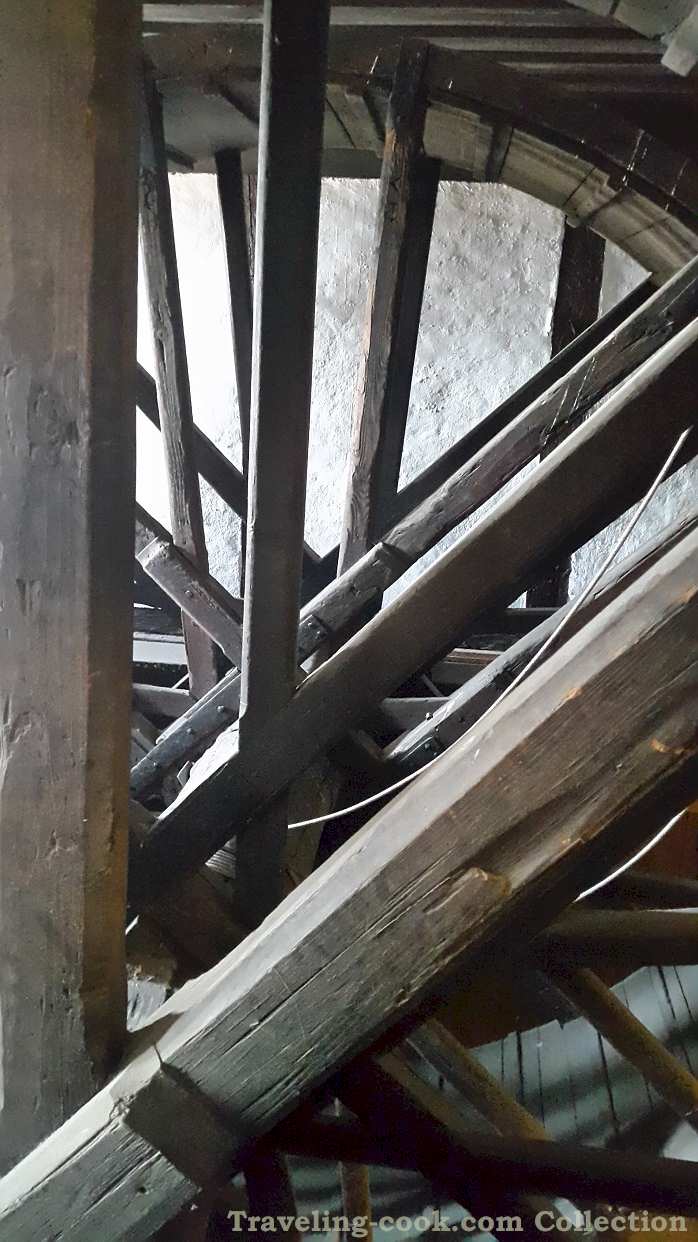Medieval Treadwheel Crane in Cathedral of Strasbourg
We visited the Cathedral of Strasbourg The Cathedral of Strasbourg was the first cathedral of Germany (or Kingdom of Germania). Until the arrival of Louis XIV in 1681 and his minister of the war, the Marquess of Louvois that camped in the environs of Strasbourg and forced their submission to the French monarchy the 30 of September of 1681.

The Cathedral was delivered by the same Luis XIV The head of the Catholic bishopric of Strasbourg, Egon de Furstenberg. Absent from the city for almost 150 years, that way ended the period as an independent city.
